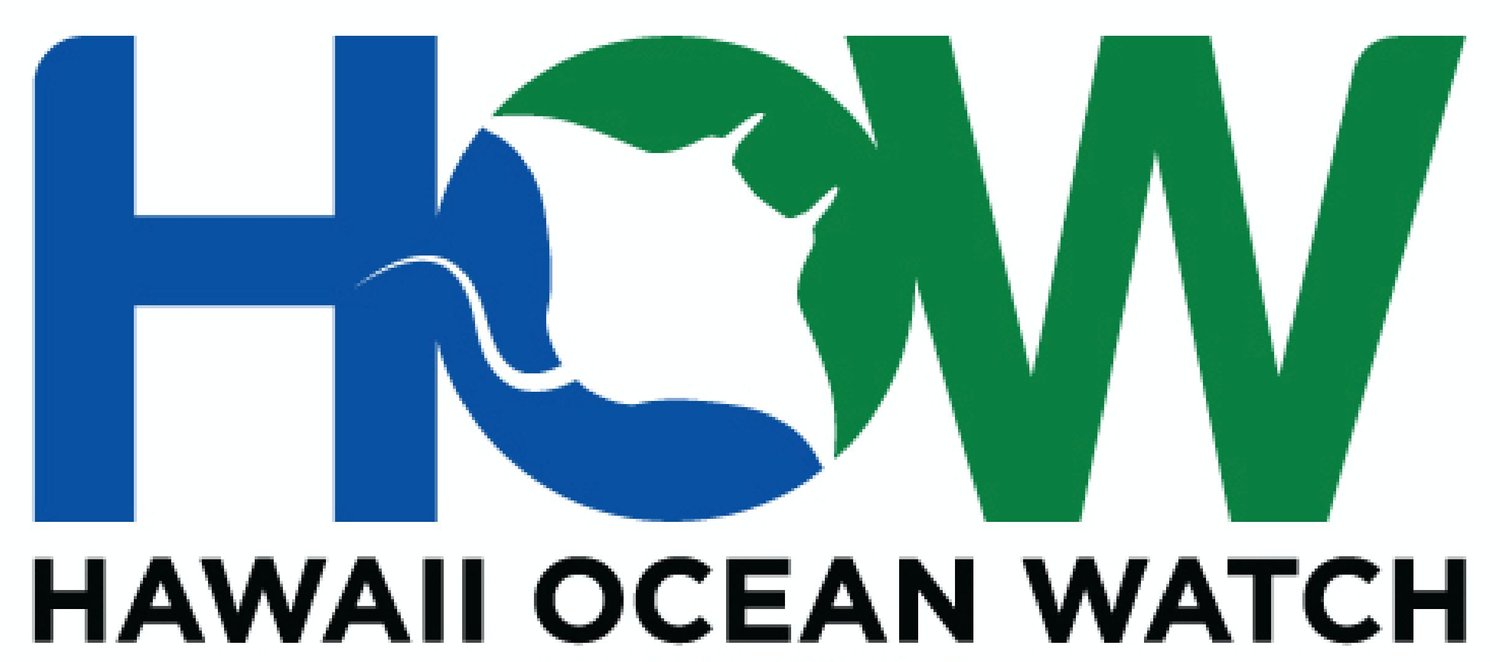2020 Study of Proposed Regulations in the Manta Ray Tourism Industry
As a part of In 2020, Kirsten Moy published a graduate thesis titled “Of Mantas and Men: Understanding the Intersection of Hawaii’s Reef Manta Ray and its Growing Tourism Industry”.
Why this Study: Changing Regulations at Manta Ray Viewing Sites
In 2014, the Hawaii House of Representatives passed Resolution H.C.R. No. 170, urging the Department of Land and Natural Resources (DLNR) to manage the manta ray viewing sites along the Kona Coast. They found that the concerns about overcrowding, manta and human safety, and environmental impact could no longer be ignored.
As a result, the Division of Boating and Ocean Recreation (DOBOR) proposed changes to the regulations at the manta ray viewing sites including
Boats are not allowed to anchor inside the viewing site
All manta ray tour operators would require a permit
There would be a 2.5-hour time limit per use
Participant-to-guide ratio should not exceed 10:1
Prohibit all subsurface vessel lighting
Confine the manta activity to designated “campfire areas”
Boats would need to turn off their engines; “live boating” would only be allowed at arrival, departure, or emergencies
While their participants are in the water, vessels would not be allowed to leave the zone
The Department of Land and Natural Resources (2021) decided to implement these regulations in 2021, but in reality, as of 2024, the process is still snailing forward.
The Purpose: Studying the Proposed Regulations
Kirsten Moy ran her study with the purpose of finding out which of those (and other) proposed new regulations were supported by different stakeholders: tourists, owners of boat tour operations, staff, and other people involved in or affected by manta ray tourism.
The questions she asked were
What measures are implemented at marine wildlife tourism sites similar to those in Kona, and what are their effects?
How do the measures selected by the DLNR compare to other measures applied around the world?
How do Kona community groups (both commercial and non-commercial) perceive the upcoming regulations at the manta sites?
Can we clarify how the manta ray sites along the Kona coast can be managed more effectively?
How the Study was Conducted
Most of Kirsten’s study centered around analyzing existing data.
She started by comparing manta ray tourism with other megafauna marine wildlife tourism like whale or shark tours. She used data from existing studies to make her assessments.
She then analyzed dozens of stakeholder interviews to learn more about the public perception surrounding the viewing sites and their regulations. “Stakeholders” were various community members who identified as connected to the reef mantas of Kona in some way.
The Findings: Efficiently Managing Manta Ray Viewing Sites
Kirsten Moy’s analysis found that the new proposed regulations succeeded in addressing the majority of concerns.
At the same time, she found that some of the proposed regulations would almost certainly exacerbate current conflicts around the viewing sites.
Her conclusion: the best hope for successfully managing the manta ray viewing sites is
For permit holders to cooperate significantly
A state-supported educational program for tour providers
Dedicated enforcement on the parts of the State of Hawaii AND of the site users.
You can read more and/or download the PDF version of this study on the website of the University of Hawaii!
